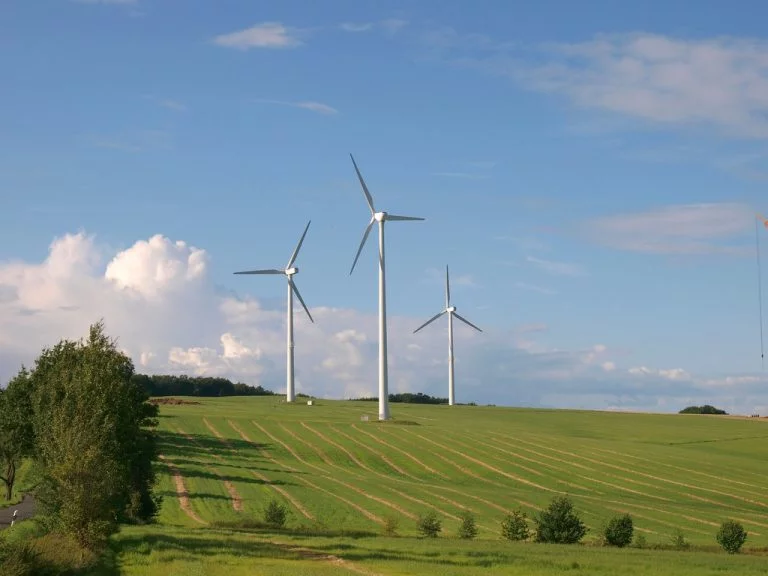Germany has reported a sudden decline in the number of new wind farms being planned this year, raising fears that Berlin will miss its emissions targets.
It was reported that 290 megawatts of new capacity was installed in the first half of the year, marking a year-on-year fall of more than 80 per cent and almost the lowest total amount this century.
Germany last year installed wind farms with a total capacity of 2.8GW, marking a fall from 2017 when more than 5GW of onshore wind capacity was added.
“When it comes to expanding wind energy on land, Germany has fallen from the fast lane to the emergency lane,” said Achim Dercks of the German chambers of commerce and industry. “If this continues the government will fail to meet its self-proclaimed goals for climate protection and renewable energy.”
Chancellor Angela Merkel is committed to phasing out nuclear power by 2022 and coal by 2038 with numerous coal-powered plants due to close in the next few years.
Renewable sources and the Nord Stream 2 gas pipeline from Russia are seen as key to allowing the change.
Economy minister Peter Altmaier plans to hold a “wind summit” in Berlin next week with observers blaming a lack of available space for new turbines and growing resistance from residents and environmental campaigners worried about bird deaths.
Offshore wind capacity, however, continues to grow.
Van Oord’s offshore installation vessel Aeolus has installed 31 turbines on monopiles at the Deutsche Bucht offshore wind farm in the German North Sea.
Owned by Northland Power, the 269MW Deutsche Bucht offshore wind farm is expected to power about 328,000 homes per year.
The first turbine began delivering power to the German grid a month ago.
All 33 turbines were expected to be operational by the end of 2019, said Northland Power.
Christoph Zipf of the BDE wind energy industry federation said developers also faced bureaucratic obstacles. “We have a major problem with approvals. There is a massive blockage: we have wind farms with a total capacity of 11GW waiting for approval right now.”
Berlin has targeted that renewables should account for at least 65 per cent of the electricity production by 2030, compared with the current about 47 per cent.
“If we phase out coal power then we need to replace it with something else and that means above all wind and solar power,” said Christoph Podewils of the think-tank Agora Energiewende.
Agora reported that 75 per cent of the additional capacity needed in Germany by 2030 would have to come from wind.
According to the Fraunhofer research institute, wind power accounted for more than a quarter of electricity production in the first half of this year, ahead of filthy lignite with 20 per cent and nuclear power at 13 per cent. Solar contributed just 10 per cent, although this figure has subsequently risen after several intense heatwaves.
Wind is key to Germany’s energy policy. Picture credit: Flickr
Did you like it? 4.5/5 (25)







